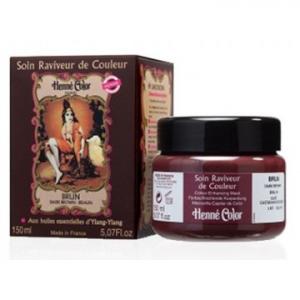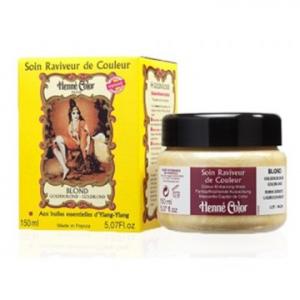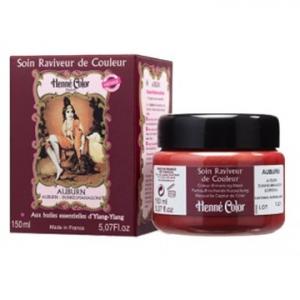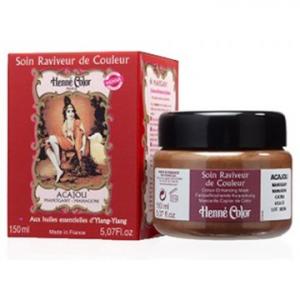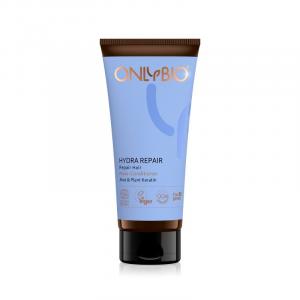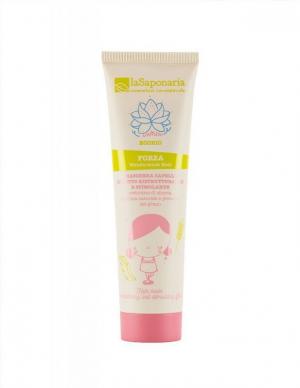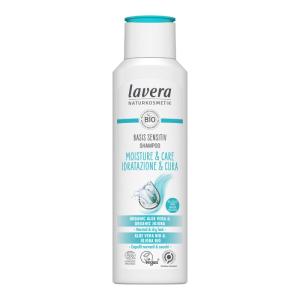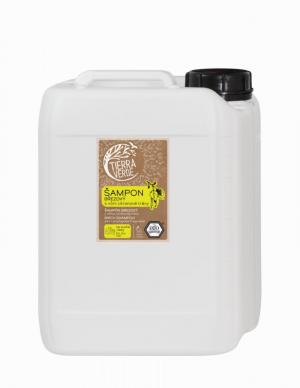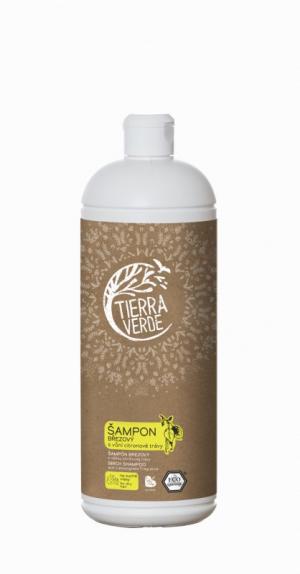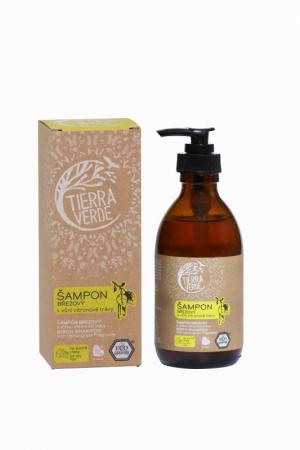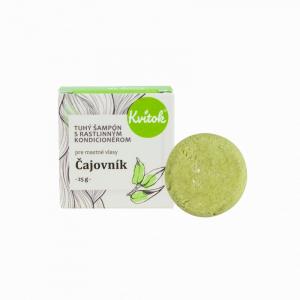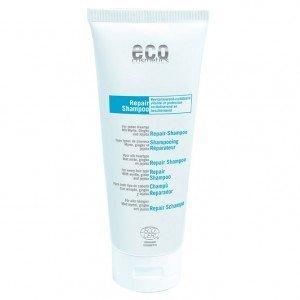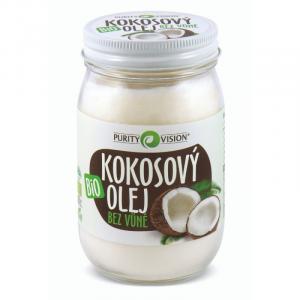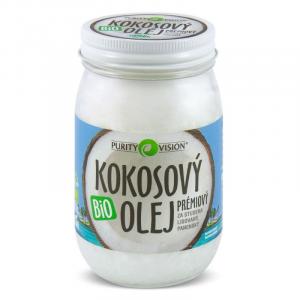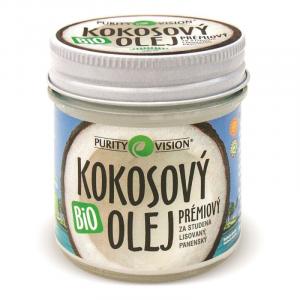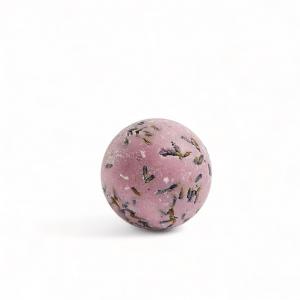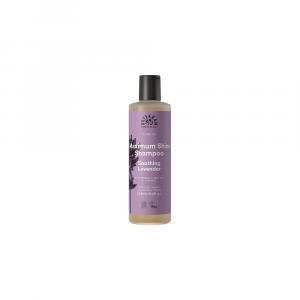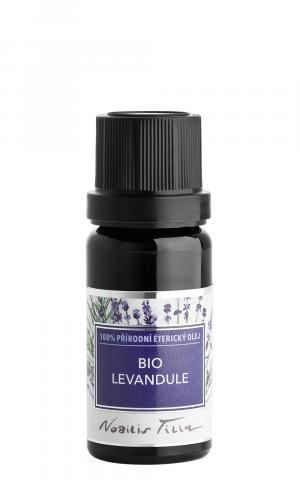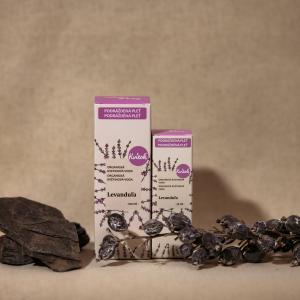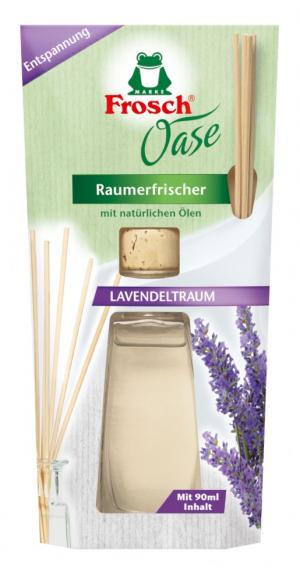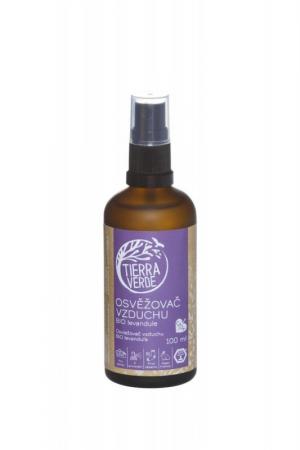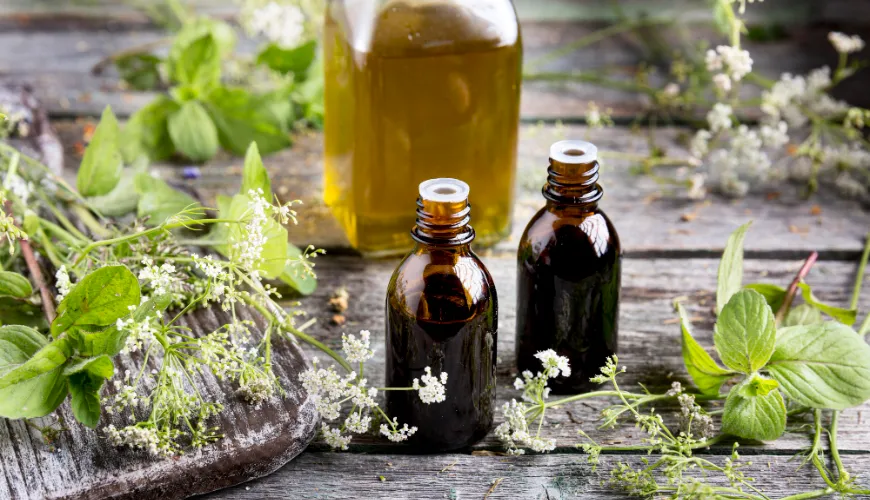
Clean Scalp Thanks to Regular Peeling

Scalp Peeling
Hair care is an important ritual for many of us. We take the time to select shampoos, conditioners, and other products that promise shine, volume, and health for our hair. However, we often overlook one key area that plays a crucial role in the overall health and appearance of our hair – the scalp. The scalp is the foundation for healthy and strong hair, and its proper care should be an integral part of our routine. Scalp peeling is one of the most effective ways to ensure its cleanliness, freshness, and optimal function.
Why is scalp peeling essential?
The scalp is exposed to many external factors daily. On one hand, there are natural factors like sun exposure, wind, or dust, and on the other hand, there are chemicals contained in cosmetic products. The combination of these factors can lead to the accumulation of impurities, sebum, and dead skin cells on the surface of the scalp. This condition can cause pore blockage, leading to a range of problems, including dandruff formation, itching, or even hair weakening and loss.
Scalp peeling works similarly to face or body peeling – it removes dead cells, cleans pores, and promotes skin renewal. By using peeling regularly, you'll achieve not only a cleaner and fresher scalp but also better absorption of care substances from other products, such as shampoos or hair masks. The scalp will be healthier, which will positively reflect on the appearance and quality of your hair.
How does scalp peeling affect hair growth?
Besides the basic cleaning function, scalp peeling has another significant advantage – it promotes blood circulation. The massage associated with applying the peeling stimulates the blood flow to the scalp, leading to better oxygen and nutrient supply to the hair follicles. This process is key for healthy hair growth. Better blood circulation in the scalp also helps prevent problems such as hair thinning or premature hair loss.
A healthy scalp without excessive amounts of sebum and dead cells also ensures that hair follicles are not unnecessarily burdened. This allows the hair to grow stronger and healthier. Regular peeling can thus be a significant aid in combating hair problems and a great tool for those who desire a thicker and more radiant mane.
Try our natural products
Which scalp peeling to choose?
Today, there is a wide range of scalp peelings available on the market, differing in their composition and effect. The right choice of peeling should consider your skin type and current needs. For example, if you have a dry and sensitive scalp, a gentle peeling with moisturizing ingredients that do not irritate and ensure sufficient hydration will be more suitable.
On the other hand, if you suffer from an oily scalp or are prone to dandruff, it's good to opt for a peeling that contains active ingredients such as salicylic acid or charcoal. These substances help effectively clean the scalp, regulate sebum production and contribute to dandruff removal.
Mechanical peelings with abrasive particles, such as sugar or salt, are popular due to their simplicity and the ability to control the intensity of exfoliation. They are a great choice for those who prefer natural care and want to have control over what they apply to their skin.
Try our natural products
How to prepare a homemade scalp peeling?
Preparing a homemade scalp peeling is easy and can also be fun. You only need a few basic ingredients that you typically find in your kitchen. One popular recipe is a combination of coarse sugar and coconut oil. Sugar serves as a gentle exfoliant that removes impurities and dead cells, while coconut oil provides nourishment and hydration.
Another simple and effective recipe is a mixture of coarse sea salt and olive oil. Sea salt has natural antiseptic properties that help clean the skin and prevent inflammation. Olive oil provides the necessary nutrients to the skin, leaving it soft and supple. For even better effect, you can add a few drops of essential oil, such as lavender, which has calming effects, or tea tree, known for its antibacterial properties.
Try our natural products
When and how often to perform scalp peeling?
The frequency of using scalp peeling depends on individual needs. In general, for most people, it's ideal to perform peeling once a week. If you have an oilier scalp or use a lot of styling products, you can incorporate peeling into your routine twice a week. Conversely, if you have dry or sensitive skin, peeling once every two weeks will suffice.
When applying peeling, it's important to proceed gently. Start by thoroughly wetting your hair with warm water. Apply the peeling to the scalp and gently massage in circular motions for a few minutes. This will promote blood circulation and ensure that the peeling reaches all the necessary areas. After the massage, rinse the peeling thoroughly and continue with your usual hair care, such as using shampoo and conditioner.
Try our natural products
Scalp peeling is an invaluable step in hair care that brings numerous benefits. Not only does it help keep the scalp clean and healthy, but it also supports the growth of strong and healthy hair. If you haven't tried scalp peeling yet, it might be time to incorporate it into your routine and discover all its benefits.
Scalp peeling is simple, effective, and brings immediate results that are visible not only on the scalp but also on the quality and appearance of your hair. Try it and give your hair the care it deserves. Your hair will repay you with a healthy shine, strength, and beauty that you will be proud of.
